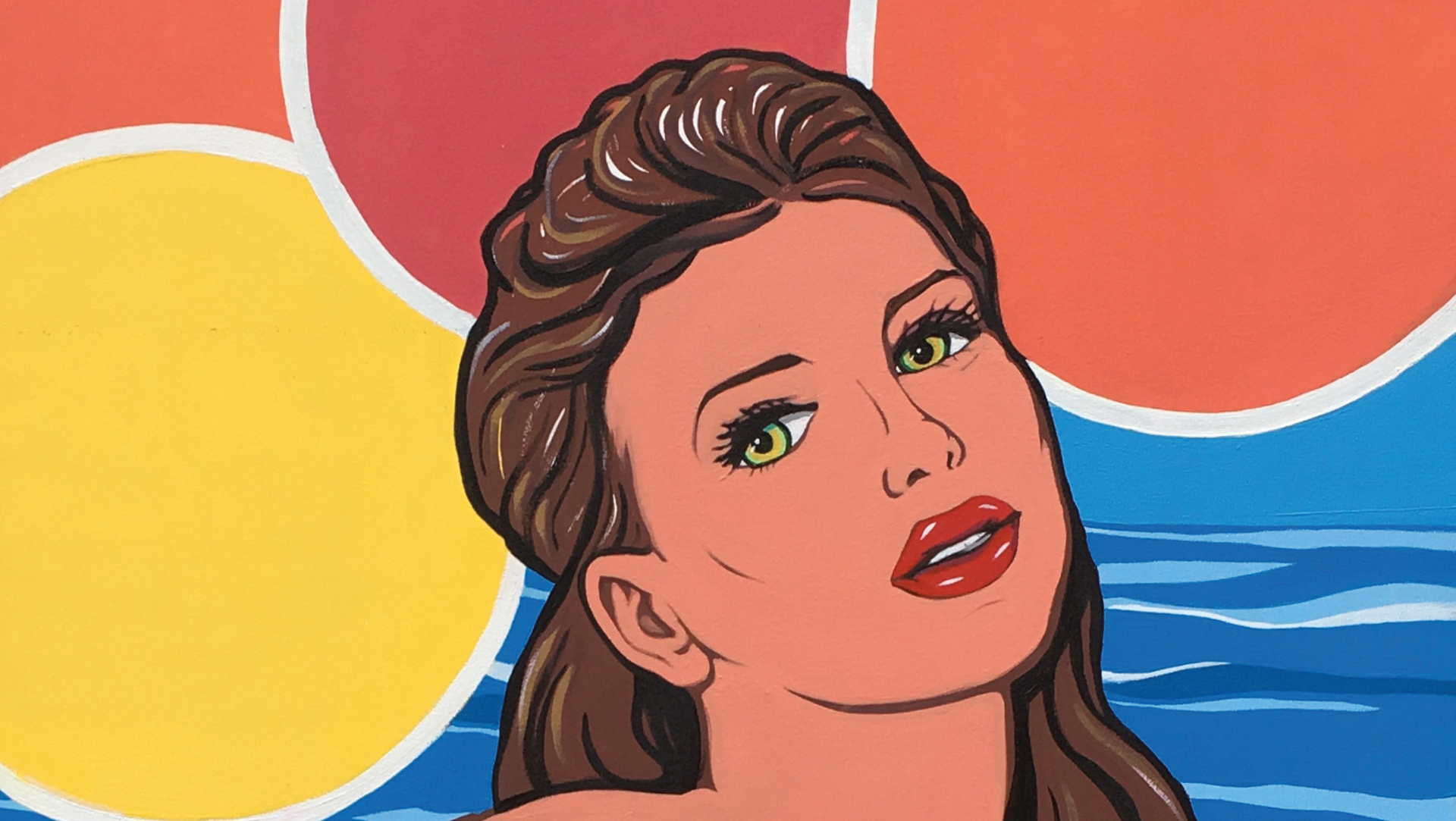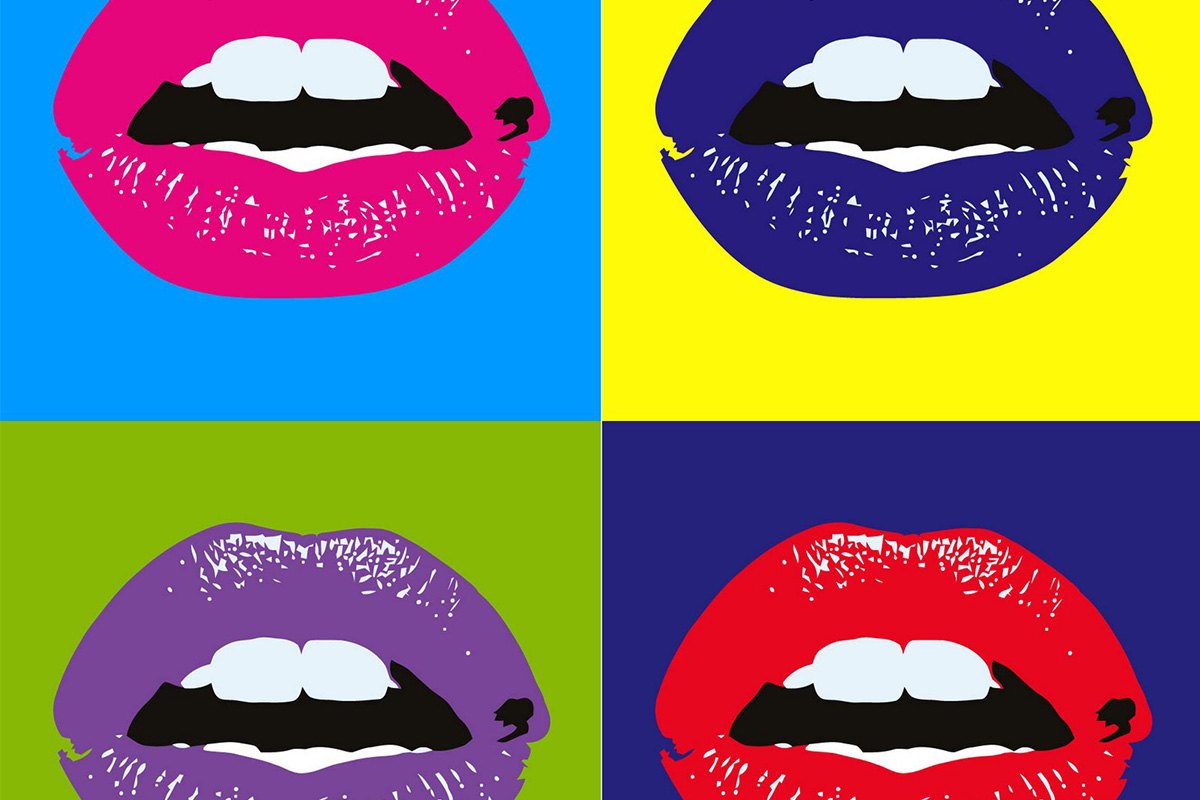1960s Pop Art Artists - The revolution that swept through the art world in the 1960s forever changed the way we look at art. Pop Art, which emerged during this time, is perhaps one of the most revolutionary movements in art history. It was a movement that celebrated popular culture and challenged the elitism and pretentiousness of the art world. Some of the most iconic and influential artists of the 20th century emerged from this movement, and their work continues to inspire and captivate audiences today.
Looking Back at the Iconic 1960s Female Pop Artist, Majorie Strider
Tip:
Marjorie Strider is considered one of the most important and influential female pop artists of the 1960s. Her work challenged the male-dominated art world and celebrated the female form in a way that was both empowering and provocative. If you're interested in learning more about Strider and her work, consider visiting one of the many retrospectives that have been held in recent years.
Idea:
You can also recreate some of Strider's iconic works at home. Start by collecting a series of images that celebrate the female form and pop culture. Look for images that have bright colors, bold lines, and clean shapes. Use these images as inspiration for your own original works of art.
How to:
To create your own pop art-inspired works, begin by selecting a primary color palette. Strider often used bold and bright colors like red, yellow, and blue in her works. Once you've chosen your color scheme, experiment with different shapes and forms. Try layering different shapes and patterns to create a sense of depth and complexity. Finally, incorporate text and images from popular culture to add another layer of meaning to your work.

Revolution on Aisle 3: BYU hosts a ‘Supermarket’ of famous 1960s Pop
Tip:
The 1960s Supermarket event hosted by Brigham Young University is one of the most famous exhibitions of Pop Art. The event featured works by artists like Andy Warhol and Roy Lichtenstein, and it challenged traditional ideas of what art could be. Today, many museums and galleries continue to feature works from this exhibition, so be sure to visit one if you're interested in learning more about this pivotal moment in art history.
Idea:
If you're feeling inspired by the Supermarket exhibition, consider organizing your own pop art-inspired event. You could recreate some of the iconic works from the exhibition, or you could invite other artists to contribute their own pop art-inspired works. Consider hosting the event in a non-traditional venue, like a grocery store or mall, to challenge ideas of what art can be and where it can be displayed.
How to:
To organize your own Supermarket event, start by reaching out to other artists and getting them on board with the idea. You'll also need to find a suitable location for the event, such as a grocery store, shopping mall, or other public space. Finally, be sure to generate publicity for the event by creating posters and social media posts that highlight the unique and innovative nature of your exhibition.
:no_upscale()/cdn.vox-cdn.com/uploads/chorus_asset/file/19426033/Warhol__Marilyn__smaller_.jpg)
10 Famous Pop Art Artists You Should Know
Tip:
If you're just getting started with pop art, it can be helpful to familiarize yourself with some of the most famous and influential artists of the movement. Roy Lichtenstein, Andy Warhol, and Claes Oldenburg are just a few of the artists whose work helped to define the pop art movement. By studying the work of these artists, you can begin to develop an understanding of the key themes and techniques of the pop art movement.
Idea:
One of the best ways to begin exploring pop art is by visiting a museum or gallery that features works by some of the most famous pop artists. Many major museums, like the Museum of Modern Art in New York City, have extensive collections of pop art that are worth exploring.
How to:
To get started with pop art, begin by selecting an artist that you're interested in learning more about. Start by researching the artist's life and work, paying particular attention to their techniques, themes, and subject matter. You can then begin to experiment with some of these techniques in your own original works. Don't be afraid to play with bold colors, simple shapes, and popular cultural references.

Music N' More: 1960s!!!!!!!!!!!
Tip:
Music was a major influence on the pop art movement. Many pop artists, like Andy Warhol, were heavily influenced by the music scene of the 1960s, particularly rock and roll. This influence is evident in their use of bold colors, simple shapes, and references to popular culture.
Idea:
If you're interested in exploring the intersection of pop art and music, consider creating your own pop art-inspired album cover. Look for inspiration in the album covers of iconic bands like The Beatles, The Rolling Stones, and The Doors.
How to:
To create your own pop art album cover, start by selecting a photograph or image that captures the spirit of your music. Then overlay bold colors, simple shapes, and text to create a sense of movement and energy. Consider using references to popular culture, like images of celebrities and popular icons, to add another layer of meaning to your album cover.
The Most Iconic Artists of the 1960s
Tip:
The 1960s were a decade of incredible artistic innovation, and some of the most iconic artists of the 20th century emerged from this period. Pop Art, Minimalism, and Conceptual Art were just a few of the movements that helped to redefine the art world during this time.
Idea:
If you're interested in exploring the works of some of the most iconic artists of the 1960s, consider planning a trip to one of the major museums or galleries that feature works from this period. You could also organize a pop art-themed tour of your city, visiting sites that were important to the pop art movement or that feature works by pop artists.
How to:
To plan your own pop art-themed tour, begin by researching the key sites and works associated with the pop art movement. Look for museums, galleries, and public spaces that feature works by iconic artists like Andy Warhol, Roy Lichtenstein, and Claes Oldenburg. You could also visit local sites that are relevant to the pop art movement, such as music venues, shopping malls, and grocery stores.

In conclusion, the pop art movement of the 1960s was a revolutionary and transformative moment in the history of art. With its celebration of popular culture and its challenge to traditional ideas of what art could be, the pop art movement helped to reshape the way we look at art today. By exploring the works of iconic pop artists and experimenting with pop art techniques in our own works, we can continue to build on this legacy and push the boundaries of what's possible in the world of art.
View more articles about 1960s Pop Art Artists